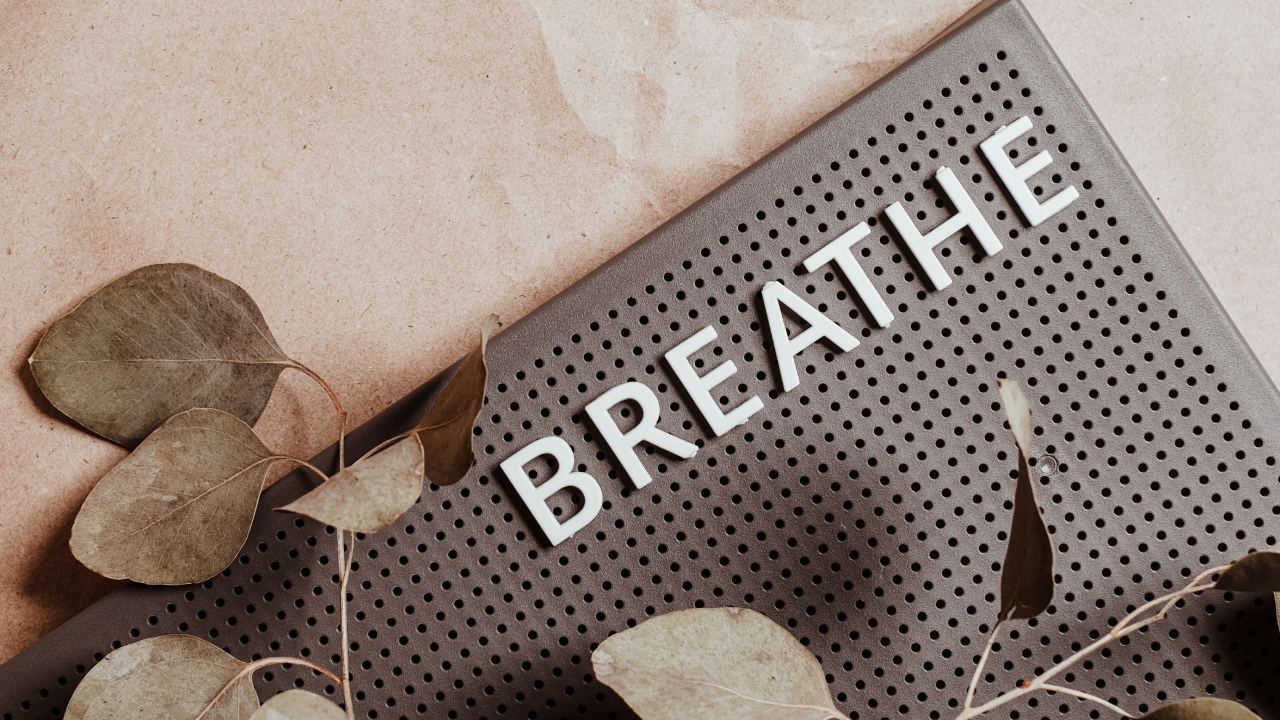Who invented Breathwork?
Mar 19, 2023
Breathwork encompasses an array of breathing techniques where the individual practices conscious control over their breathing to create various psychological and physiological effects. Even though breathwork has gradually become increasingly popular, it has been practiced for generations and originates in ancient spiritual traditions and current therapeutic approaches.
History of Breathwork
Since breathwork has evolved and been embraced by many civilizations over time, it is impossible to identify a single creator. Pranayama, or the regulation of prana (the body's vital force) by breath control, is one of the first examples of breathwork described in ancient Indian writings. Traditional yoga has been using this method for thousands of years, and it is still extensively utilized today.
In addition to the Indian discipline of pranayama, other ancient civilizations like the Chinese, Greeks, and Egyptians also used some form of breathwork as part of their medical practices. The Chinese art of Qigong, for instance, focuses on balancing and enhancing the flow of qi, or life force energy, in the body through a variety of breathing methods, movements, and meditation.
Breathwork is now widely used in many different types of therapy, from talk therapy and somatic therapies to mindfulness and meditation. Czech psychiatrist Stanislav Grof established Holotropic Breathwork in the 1970s. It combines controlled breathing with music and bodywork to generate altered states of consciousness and facilitate emotional and spiritual healing.
Types of Breathwork
Breathwork comes in a wide variety of styles and methods, each with its own set of advantages. The following are examples of popular forms of breathwork:
Pranayama is a set of breathing exercises used in ancient Indian medicine to control the flow of prana, the body's life force. This method has been shown to improve mental clarity, lower stress levels, and sharpen concentration.
Breathwork in the Wim Hof Method style is a modern practice that entails inhaling deeply and rapidly before holding one's breath for a set amount of time. Several studies have demonstrated the positive effects of this method on health, including enhanced immunity, greater vitality, and less inflammation.
The 3 part Breathwork method is an active, three-part, consciously connected breathing pattern performed entirely through the mouth to reset the nervous system, dissolve emotional barriers, and induce an enlightened and tranquil state of BEing. Those who suffer from anxiety, sadness, and feelings of overwhelm may find this practice extremely helpful.
Conclusion
In conclusion, breathwork has been around for centuries, has been integrated into many different therapeutic modalities, and cannot be attributed to any single person. Breathwork comes in a wide variety of forms currently, making it possible to discover one that works for just about everybody. There is a breathwork technique that can help you reduce stress, enhance your well-being, or enhance your connection to your spiritual self.
SUBSCRIBE FOR LIFE LESSONS
We hate SPAM. We will never sell your information, for any reason.

